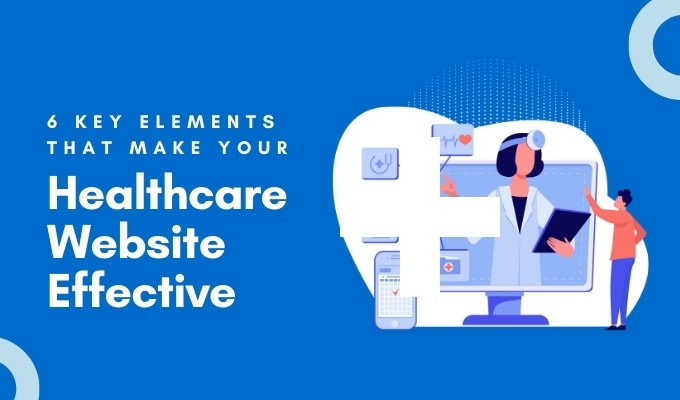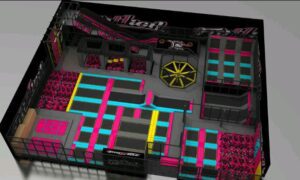Your website is often the first interaction a new patient has with your healthcare clinic. And in your field, where trust, clarity, and ease of access are so important, a well-designed website can make all the difference.
When a new patient lands on your site, they should be able to find the information they are after without really thinking about it.
This means that a well though out site design, offering great user experience, is a must.
If your website is difficult to navigate or looks a bit unprofessional, patients may subconsciously link this to a challenging treatment experience and choose another provider.
Let’s explore what makes a healthcare website effective.
It all comes down to UX
Much of great design comes down to user experience (UX). UX refers to how a person feels when interacting with a system, whether using an app or driving a new car.
In the digital era, careers in UX design are in high demand. This is because organisations of all sorts are realising the value of investing in the end user experience. A good experience is positiv4, and people tend to come back for more of the good stuff.
But how does one provide an excellent user experience?
When it comes to health websites, several key elements come into play:
- Practitioner/Doctor profiles and qualifications
- Visible contact details, like phone, email, and opening hours
- Online appointment booking
- Clear navigation
- Responsive design
- Engaging visuals and branding
Let’s delve into each.
Practitioner profiles and visible contact details
As we’ve discussed, when patients research online, trust is their top priority. Including a short bio for each practitioner helps build this trust by giving patients a glimpse into who will be taking care of their health.
All you need is three key areas included in a bio:
- Their expertise and qualifications
- Their experience
- Their interests (to add a personal touch)
It’s a simple way to create a personal connection and reassure patients that they’re in capable hands.
Online appointment booking
This is your call-to-action (CTA). You need it to be easy to find.
Consider including one in the form of a big bright button on your home page.
Some patients will come to your website with the sole purpose of booking an appointment ASAP.
There should also be a dedicated contact page and even a way to book with a specific practitioner if desired. Additionally, include a scheduled form so that patients can access their appointments page to see all available spots.
Not only does this offer convenience for your patient, but will save you time and money booking at the reception desk.
Clear navigation
Clear navigation is the backbone of a great UX well-functioning health website. Organise information, such as:
- Home
- Services
- About
- Practitioners
- FAQs
- Contact and appointment booking
Do this in a simple, easy-to-navigate menu so patients can easily find what they need without having to think too hard.
Doing so keeps them engaged and encourages them to stay on your site longer. This helps build trust and when patients can navigate with ease, they’re more likely to take action with your practice.
Responsive design
Responsive website design means your website automatically adjusts depending on the device being used, whether it be a tablet, phone or laptop computer.
You don’t need to delve into the technical details to understand its significance in today’s world. More than half of internet activity is now carried out on mobile.
What this means is that if your website design is not mobile-responsive, it simply will not compete.
Engaging visuals and branding
This comes down to your designer having a keen sense of aesthetics and knowing your brand positioning. A visually appealing and consistent brand conveys professionalism and instills trust.
Your brand includes elements such as:
- Logo
- Colour scheme
- Font
- Brand style guide (to bring the above 3 points together)
- Tone of voice
- Mission, vision and values
These need to be consistent across all of your marketing materials and none more so than your website, which is like the front door of your practice welcoming prospective patients inside.
I hope you’ve found this guide useful for your own health website. The key thing to remember is the end-user experience. Make the experience as seamless as possible without much thought involved, and you will likely have loyal patients booking appointments.
Three key takeaways:
- User experience is everything. Make this your top priority when designing a healthcare website.
- Responsive website design is no longer a fun feature but a must-have.
- Make it as easy as possible for patients to schedule an appointment online that suits them.
Marshall Thurlow is founder of Adjust Web Design, specialising in affordable, high-quality chiropractic websites tailored to the unique needs of healthcare practices. With over a decade of experience and a background as a chiropractic assistant turned marketing expert, Marshall combines industry knowledge with creative web design to help practitioners grow their online presence.
Read More From Techbullion



































